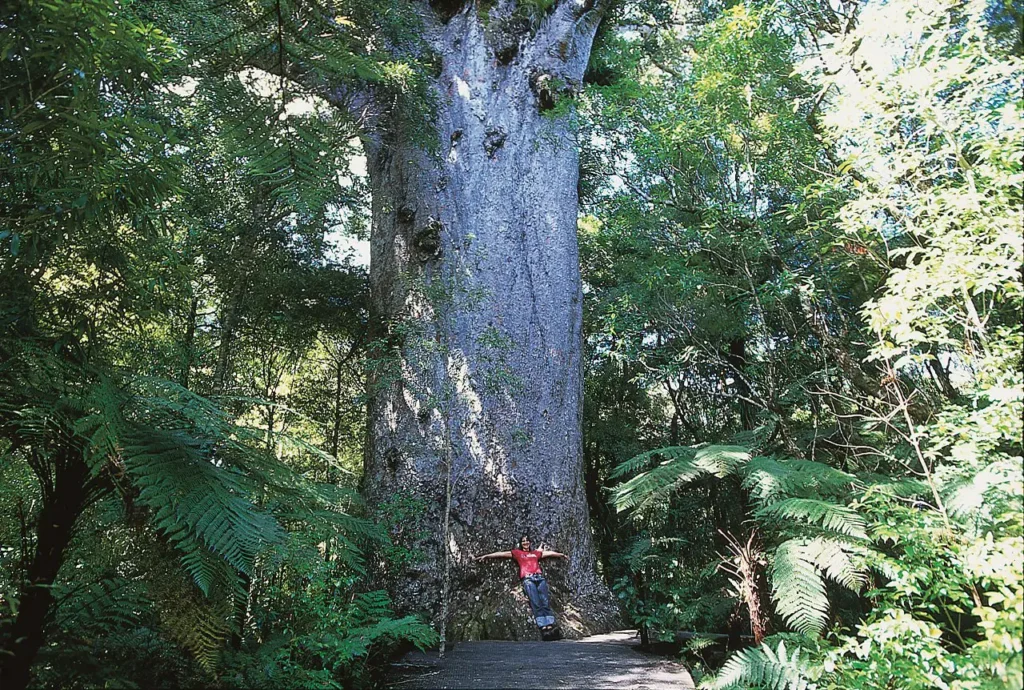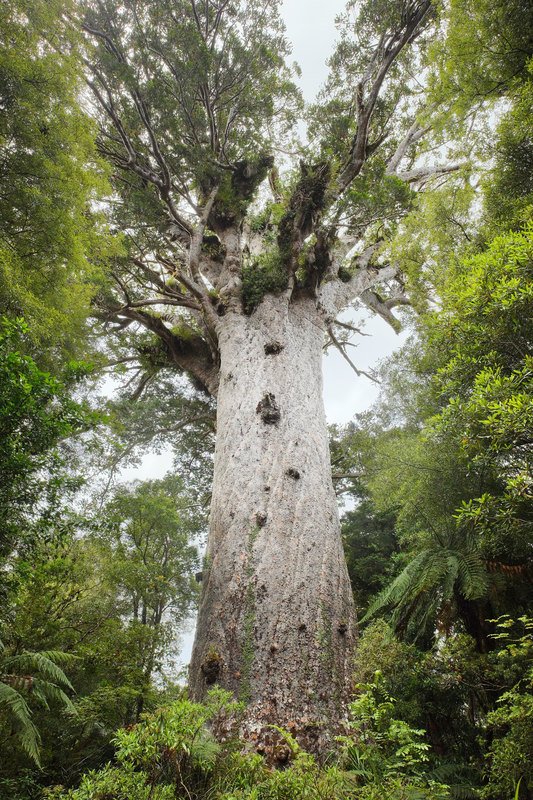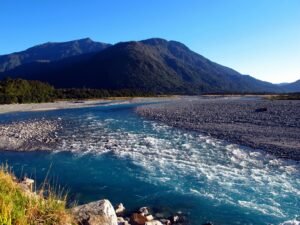
New Zealand’s ancient and mystical forests are home to some of the world’s most awe-inspiring trees. Among these giants, the Kauri tree stands as a true natural wonder, and Tāne Mahuta, the largest Kauri tree in New Zealand, is a living testament to the country’s rich natural heritage. In this blog post, we embark on a journey to discover the history, significance, and awe-inspiring presence of Tāne Mahuta.
1. Introduction to Kauri Trees
Before we delve into the grandeur of Tāne Mahuta, let’s take a moment to appreciate the significance of Kauri trees. These majestic trees, found predominantly in the northern regions of New Zealand, are among the largest and longest-lived trees in the world. Kauri trees are not just botanical wonders; they are culturally and spiritually significant to the indigenous Māori people and all New Zealanders.

2. Tāne Mahuta – The God of the Forest
Location: Waipoua Forest, Northland, New Zealand
Tāne Mahuta, whose name comes from Māori mythology, is a true icon of New Zealand’s natural heritage. According to Māori legend, Tāne Mahuta is the son of Ranginui (the sky father) and Papatuanuku (the earth mother). Tāne Mahuta is considered the god of forests and birds. This towering Kauri tree is a living embodiment of this ancient mythology.

Tāne Mahuta is estimated to be around 2,500 years old, making it one of the oldest trees on the planet. Its immense size is truly mind-boggling, with a height of approximately 51.2 meters (168 feet) and a girth of about 13.77 meters (45 feet). As you stand in its presence, you can’t help but feel a profound sense of humility and reverence for the natural world.
3. The Significance of Tāne Mahuta
Tāne Mahuta’s significance goes beyond its impressive dimensions. It represents the resilience and endurance of nature, surviving through centuries of natural and human challenges. Additionally, it serves as a symbol of New Zealand’s commitment to preserving its unique natural heritage.
4. Visiting Tāne Mahuta
Visiting Tāne Mahuta is an awe-inspiring experience that allows you to connect with the ancient and spiritual side of New Zealand. The tree is located in Waipoua Forest on the North Island’s west coast, within the boundaries of the Waipoua Forest Sanctuary. Here are some tips for planning your visit:
- Access: Tāne Mahuta is easily accessible by car, approximately 35 kilometers from Dargaville and 80 kilometers from Whangarei. The drive takes you through beautiful New Zealand landscapes.
- Walking Track: A well-maintained walking track leads to Tāne Mahuta, starting from the visitor center. The short walk allows you to immerse yourself in the forest’s enchanting atmosphere before you encounter the giant.
- Guided Tours: Knowledgeable guides are available at the visitor center to provide insights into the history, ecology, and cultural significance of Tāne Mahuta and the surrounding forest.
- Respect and Conservation: Remember to adhere to all visitor guidelines to protect the tree and its environment. Avoid touching the tree, stay on designated paths, and do not introduce foreign soil to the area to prevent the spread of Kauri dieback disease, which poses a significant threat to these majestic trees.
5. Conclusion
Tāne Mahuta, the largest Kauri tree in New Zealand, is more than just a natural wonder. It is a living connection to the country’s ancient past and a symbol of the ongoing effort to preserve its natural heritage. Visiting this magnificent tree is an opportunity to stand in awe of nature’s grandeur and to appreciate the significance of conservation efforts in safeguarding these iconic giants for future generations.
As you plan your trip to New Zealand, make sure to include Tāne Mahuta in your itinerary. Experience the majesty of this ancient tree. Pay homage to the Māori mythology it embodies. Also take a moment to reflect on the profound beauty and importance of our natural world. Tāne Mahuta is not just a tree. It is a living testament to the enduring spirit of the forest and the people who protect it.





